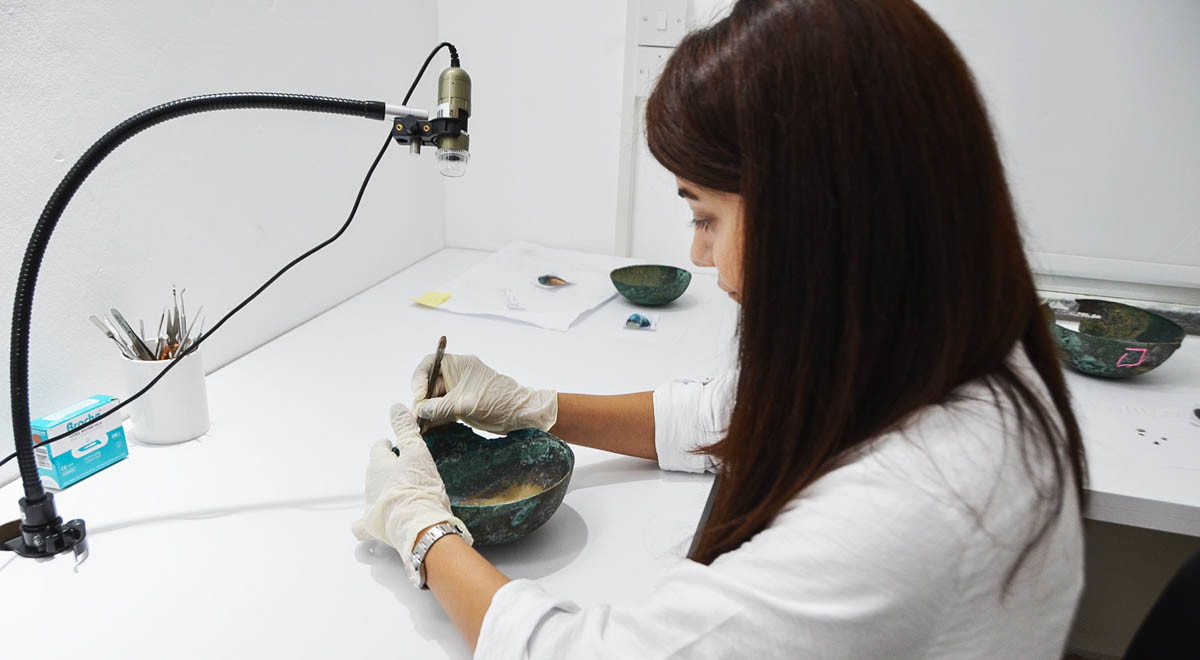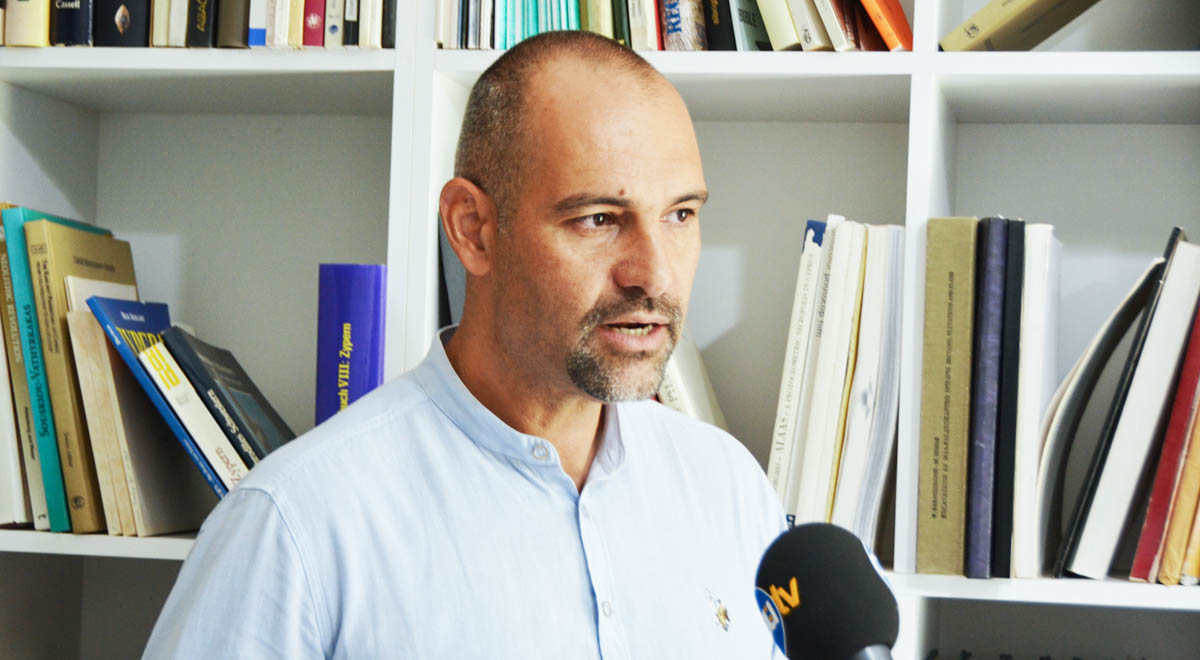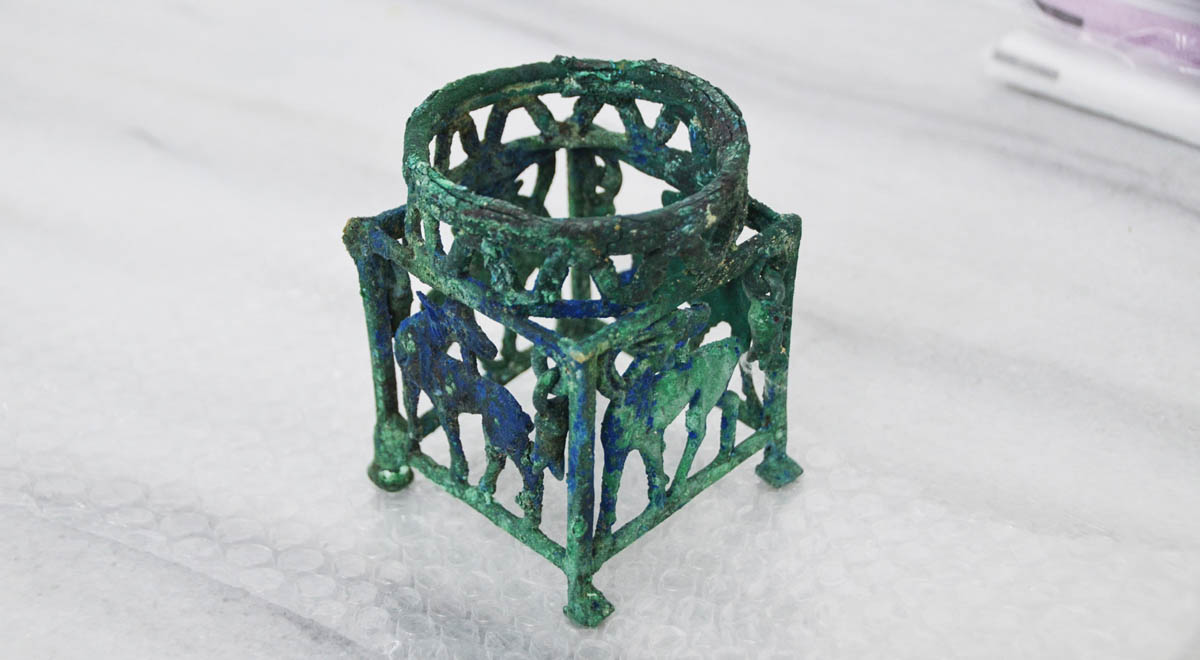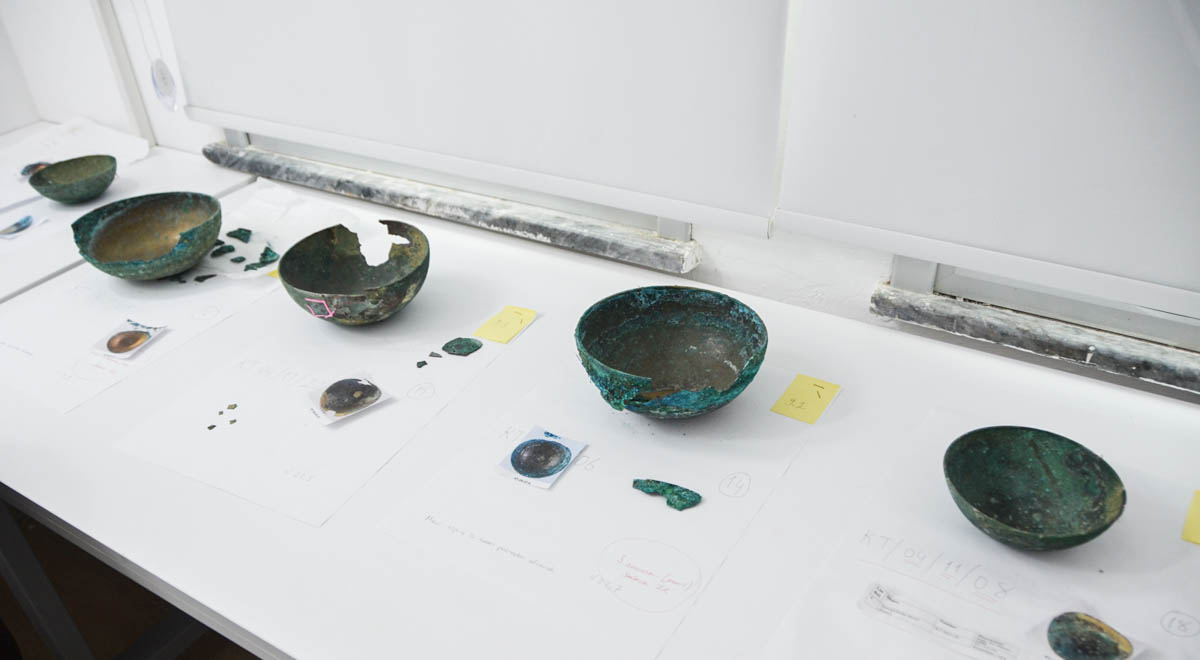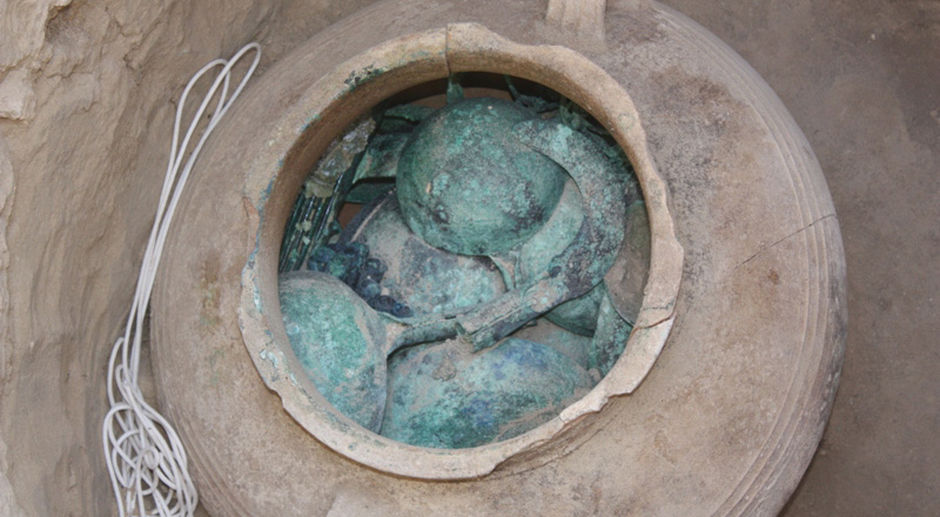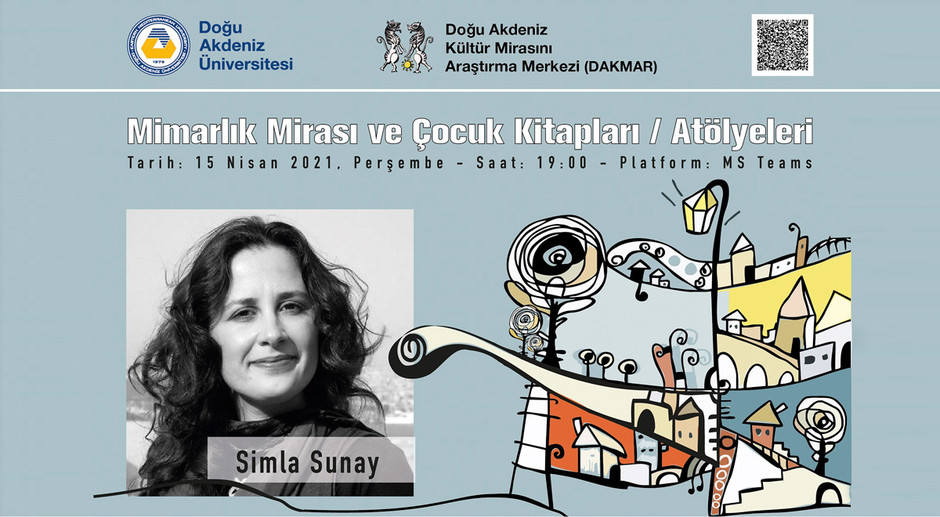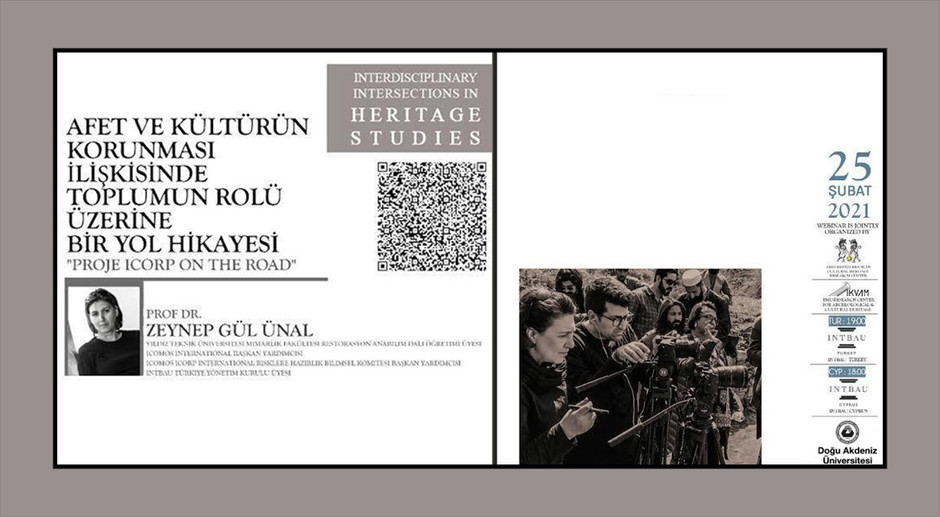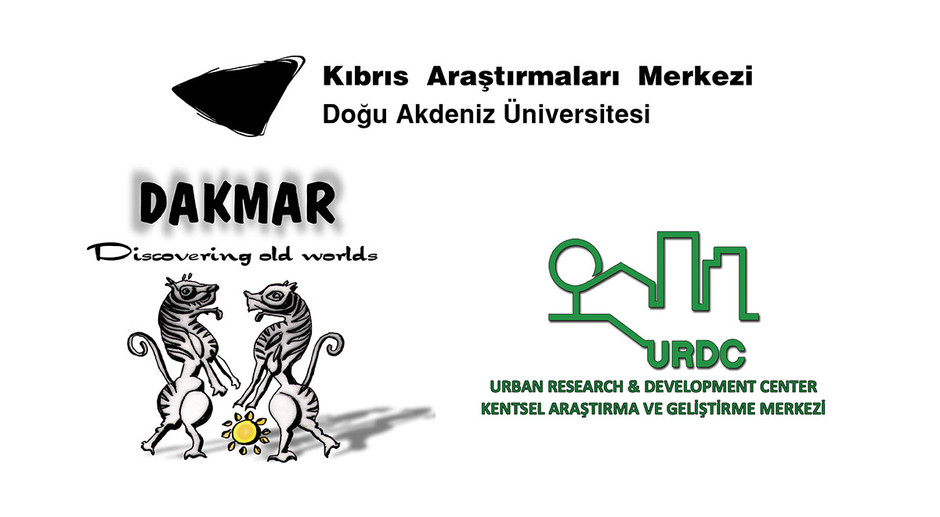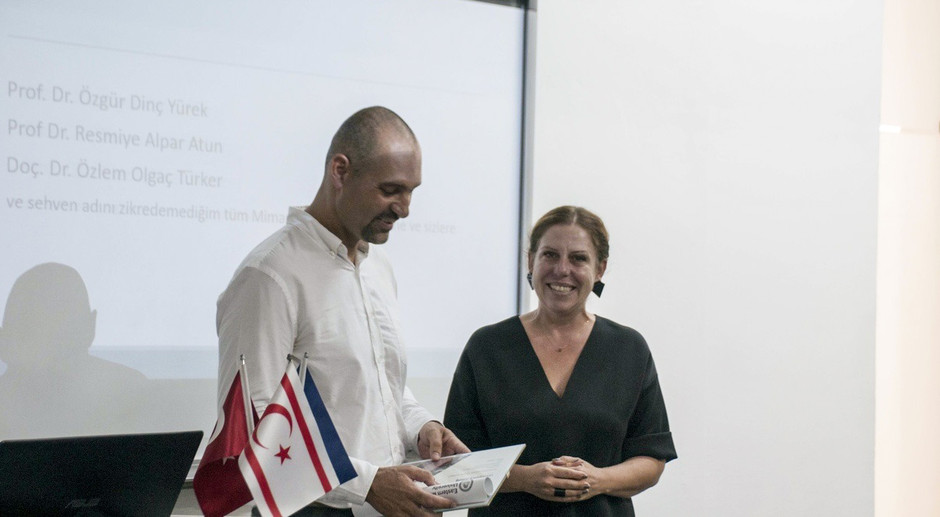Eastern Mediterranean University (EMU) Faculty of Arts and Sciences, Department of Arts, Humanities and Social Sciences Chair and Eastern Mediterranean Cultural Heritage Research Center (DAKMAR) Chair Assoc. Prof. Dr. Bülent Kızılduman gave information about the international excavations carried out by DAKMAR to carry out research on different civilizations in the Eastern Mediterranean geography, the artifacts discovered and the contemporary museum project they are planning to create.
Speaking about the Kaleburnu King’s Hill, where DAKMAR conducted an international archaeological scientific rescue excavation, Assoc. Prof. Dr. Kızılduman said, "The archaeological site that we call the King's Hill is one of the important kingdoms dating back 3,200 years from today, located in Karpaz region. We have discovered a lot of artefacts here. We aim to preserve these artefacts first in our restoration and conservation laboratory in DAKMAR and then exhibit them in the museum we are planning to establish under the roof of our university. We are carrying out this project in cooperation with the Department of Antiquities and Museums."
“Many Artefacts Unveiled”
Stating that Kaleburnu King’s Hill was discovered in 2004 and the rescue excavations started in 2005, Assoc. Prof. Dr. Kızılduman said, “We carried out the work we started here in cooperation with Germany's Tübingen University. Afterwards, the works carried out by our institute started to be carried out internationally. Currently we are conducting excavations with participants from the Czech Republic, Italy, Germany and Turkey and unearthed many archaeological artifacts. These artifacts are currently under the control of the Department of Antiquities ”.
“We Are Trying to Reveal the Past in All Aspects”
Underlining that there are many bronze artifacts unearthed in the excavations they conducted in 2004-2014 and 2017, Assoc. Prof. Dr. Kızılduman said, “These bronze artefacts constitute the widest range of bronze works from the Late Bronze Age in the entire Eastern Mediterranean region. There are very remarkable ones among these bronze artefacts. If you look at them not only in terms of numbers, but also with their type of use and values in the past, they constitute a masterpiece. What we want to do is to realize the restoration and conservation processes by using scientific contemporary restoration methods. Because in the past, the artefacts were unearthed in the excavations carried out by archaeologists and were exhibited in the museum after a general maintenance. However, modern archeology does not consist of such a concept.
Nowadays, we are trying to reveal the past life in all its aspects. We are trying to understand the climatic conditions of the past, the belief systems of humans, which animals were domesticated in the past, which plant species were cultivated, with whom they were traded, and when the first inventions such as writing were first used. There are bronze, ceramic and fabric works unearthed in Kaleburnu. Stating that the understanding of museology in Cyprus unfortunately has not gone beyond the concept of museology in the 1980s, Assoc. Prof. Dr. Kızılduman said, “The museum we are planning to build is a contemporary museum under the umbrella of EMU, where interactive methods are used and the concept of education is included in the museum.
We will Keep Lothar Herling’s Memory Alive
Stating that while conducting archaeological excavations in Kaleburnu village in Karpaz in 2014, they came across a very important artefact group, the bronze hoard known as "treasure" by the public, Assoc. Prof. Dr. Kızılduman said, “We had a German colleague in our team. He left the team and returned to Turkey. But after learning that this group of artifacts was unearthed, he wanted to come and see the artifacts on site and contribute. He was so excited when he saw the group of artifacts while participating in the excavation work on the field. With that excitement and fatigue, he unfortunately died of a heart attack. We commemorate archaeologist Lothar Herling with respect. He was someone who approached Cyprus and King's Hill with great affection. His family was also aware of this. Therefore, his family sent us books on Cyprus from their library. We currently keep them in the library named after him at our research center and make them available to researchers. Therefore, we want to keep this library alive forever by developing and transferring it to a museum we will construct ”
“We Crowned Our Achievements with New Master’s Programs”
Assoc. Prof. Dr. Kızılduman added that they have reflected the accumulation of their work at the Eastern Mediterranean region on the recently launched Urban Archeology and Cultural Heritage Management and Preservation and Restoration Master's programs being carried out under the collaboration of Faculty of Arts and Sciences and Faculty of Architecture. He also stated, "We will continue our studies with the contemporary scientific education approach of our university in order to protect the cultural heritage of our country, to keep it alive, to research it with scientific methods and to pass it on to future generations, especially with the scientific studies to be carried out within the scope of our newly opened programs."

